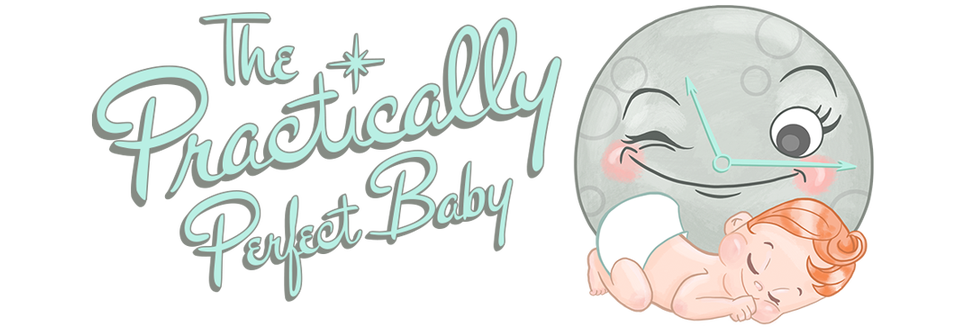“Waiting” It Out!
Heard the “Crying-It-Out” method (“CIO”) is cruel, unsafe, or dangerous for your baby? Well, we can tell you that the research confirms it’s absolutely not (see below).
So — if you plan on sleep training your baby at all, you must learn that rushing in to comfort him the moment you hear him cry will prove detrimental to your sleep-training efforts. And rushing over to remove your baby from a restraint when he cries will only teach him that he doesn’t really have to learn how to handle the circumstance of life — like being seat-buckled in a car!
Babies cry.
It’s just a fact that your baby will cry and you’re going to have to live with that fact for the next year. They can’t communicate with you any more effectively than by crying. And you will become accustomed to the sound sooner than you would have believed possible.
But there is no doubt about it, as a parent, it’s incredibly heart-wrenching to listen to. Everything in your body tells you that you ought to do something in response to it right away – just stop him from crying! However, that’s ultimately the crux of the problem with other types of parenting styles and you, as a practical parent, have to learn how to wait before rushing to the rescue.
You need to teach your baby some confidence.
In the first year, it’s your job to teach your baby how to sleep and eat, how to feel and deal with frustration, and how to gain some independence and, consequently, some confidence. Otherwise, you create a child who is literally attached to you and dependent on you to do everything for him. If you respond to his every cry right away, you are teaching your baby that he can’t rely on himself to soothe, to sleep, to play, or to do anything independently of you! When your baby is hurt, that’s a different matter — of course you should go to her, pick him up, and comfort him. But if your child is protesting a nap, crying between sleep cycles, or simply frustrated by something, it falls to you to utilize some other tool(s) to help your baby.
Letting your baby cry for short amounts of time is safe and does not lead to higher cortisol levels!
Read the research for yourself that debunks the science behind Dr. Sears’ claim that letting a baby cry for small amounts of time leads to higher cortisol levels and the “Pediatrics” Journal research that shows there was no difference between children who were sleep-trained as infants than those who were not in the short or long-term:
“Pediatrics” Study (Official Journal of the American Academy of Pediatrics)
Learn to wait a minute — or 15!
We know how hard it is, but you can do this!
If your baby is crying in the crib because he’s protesting going down or waking up early from a nap, use the 15-Minute Rule. If your baby is crying because he’s frustrated with a toy or he’s unhappy about being restrained to a car seat, play pen, or highchair, you can give him a minute to see if he can work it out and then you can offer some side-by-side soothing talk first. But picking him up or removing him from the restraint right away will only prove detrimental to his ability to deal!
You don’t want to create a child who won’t sit in his car seat, won’t sleep without you, and/or needs you to play with him every time he plays. You don’t want your baby to know that when he cries, you will rush over and remove him from the situation every time. You want him to know that you’re there but that you’re teaching him how to handle the circumstances of life.
Remind yourself of these teaching goals the next time your baby is crying:
-I will teach my baby to become a “Rock-Star Sleeper!”
-I will teach my baby to discover and learn through self-play.
-I will teach my baby to comply when being restrained for his own safety.
-I will teach my baby confidence through the successful independent activities he engages in.
Related Posts: Self-Soothe/Self-Play, Are You Doing Our 15-Minute Rule Right?, Nursery Night One!, 3-Key Burping Basics, Crib Soothers, Soother Sound of Magic, Magical Nighttime Routine, Crib Essentials, Nursery Organization Must-Haves, Why is My Baby Crying?, PPB FAQ’s, Solve Early Nap Waking,Sleeping Milestones, Put Baby Down Awake, Wedge of Reason, Napping No-No’s, Troubleshooting Naps, Baby Monitors, Swaddling














